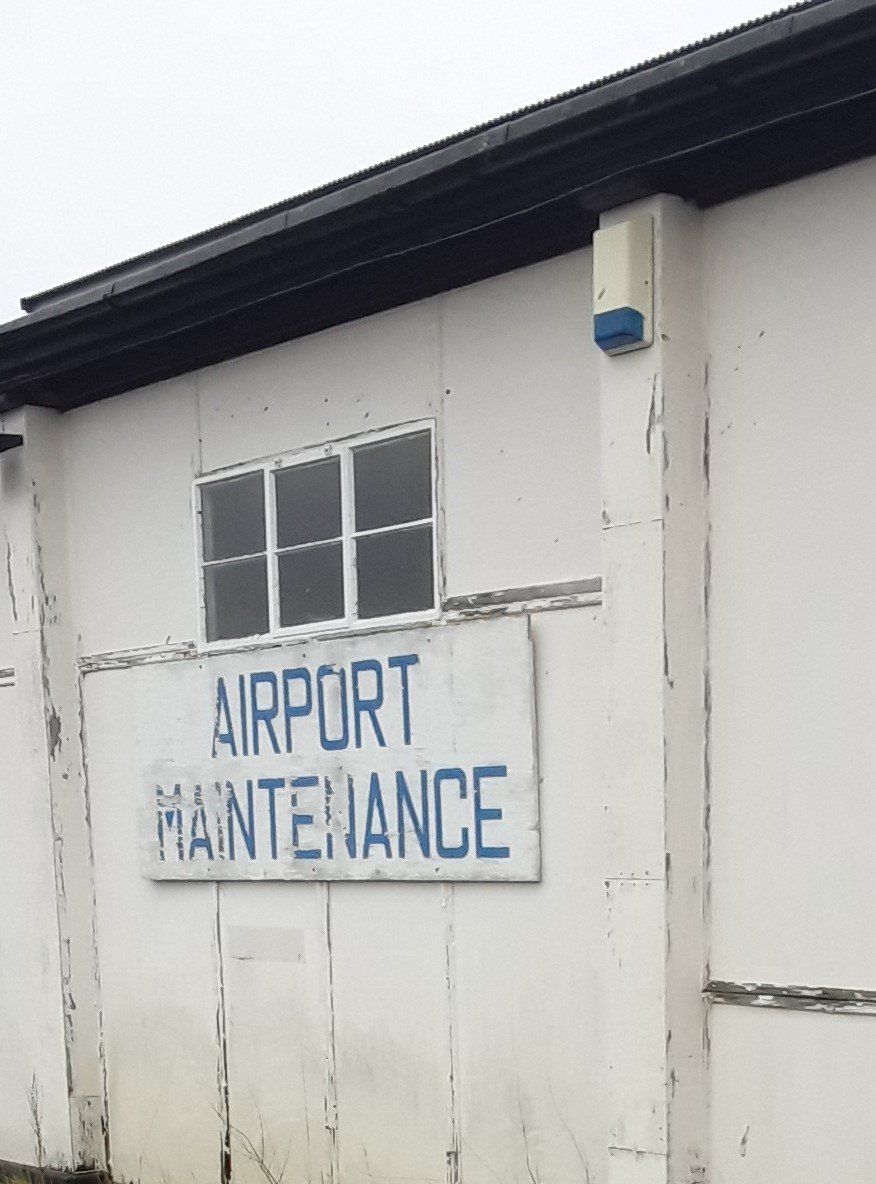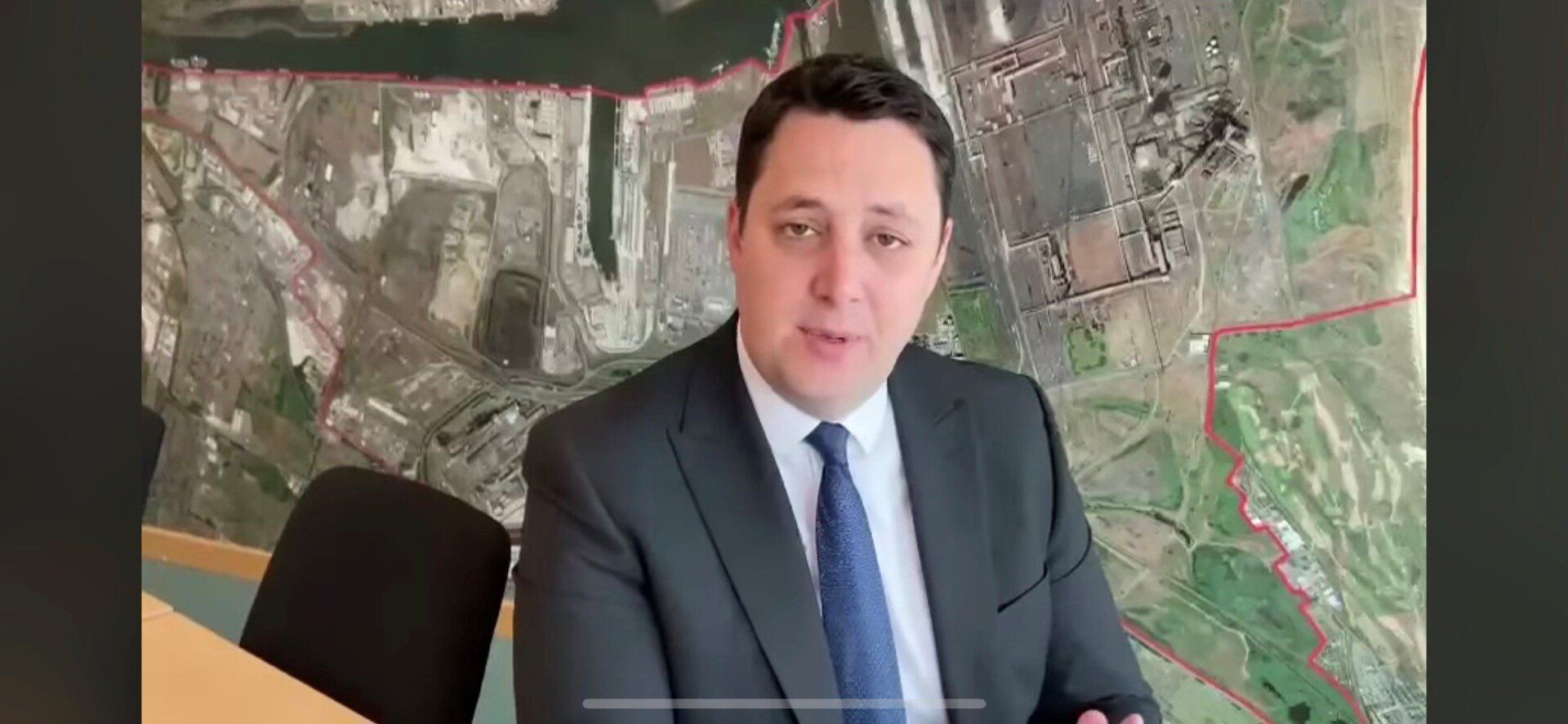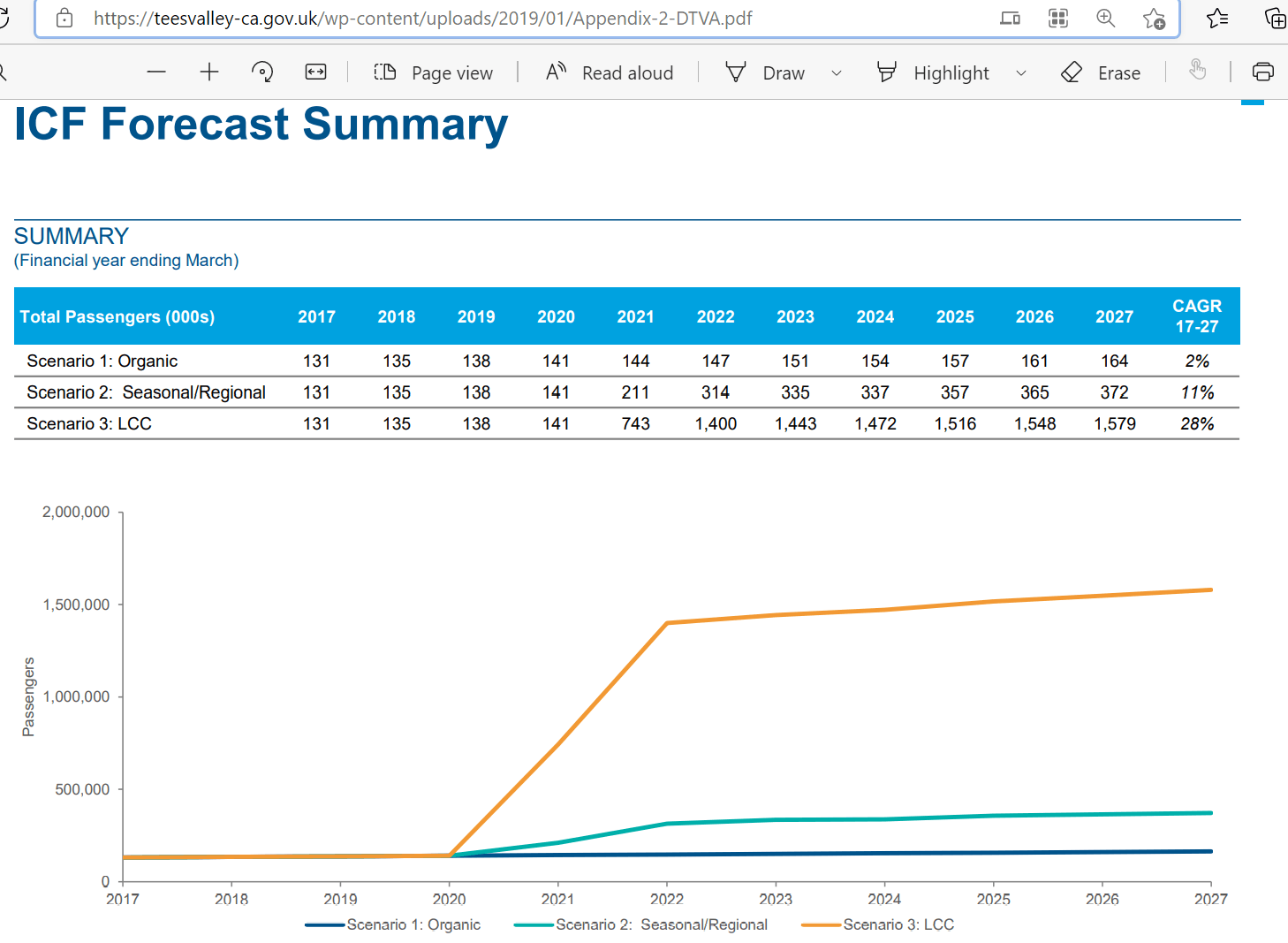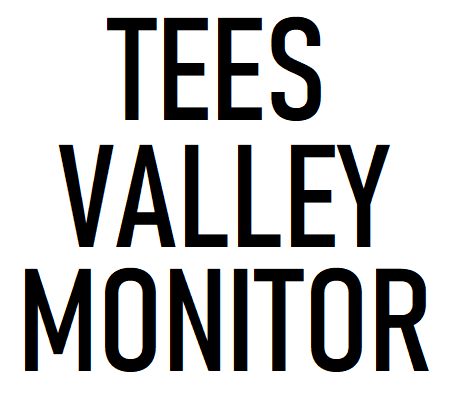Cold Feet? Houchen Rows Back on
Commitments to Teesside Airport



Scott Hunter
4 October 2021
Covid-19 has had a devastating impact on the airline industry. So, the news that the TVCA recently provided Teesside Airport with a £10 million bailout came as no surprise. Tees Valley mayor, Ben Houchen, rightly pointed out at the time that this type of measure had been necessary for regional airports across the country. Then, in the wake of the crisis, a revised business plan for the airport was published. Again, that the business plan should be revisited and targets reset is not unreasonable. It’s just that not all of its consequences of the revision have been made clear.
One issue is the bizarre scheme to set up a charitable trust with the 25% shareholding in the airport holding company Goosepool 2019 formerly held by Esken/Stobart Aviation. We have observed before that a consequence of awarding Esken/Stobart a 25% share in the airport was that the whole airport enterprise was beyond public scrutiny, as it avoided FOI legislation. Whether or not that will still apply when the trust is established is a complex issue. But it does raise questions as to how a chronically loss-making airport can supply a charitable trust with funds.
On the issue of loss making, we have, in a previous article, recorded the fact that airports with fewer than 2 million passengers per year lose money and require public subsidy (ben-houchen-and-the-phantom-low-cost-carrier-at-teeside-airport). That Teesside Airport is one of those is again no surprise. It is trying to enter a crowded market where its main competitors (Leeds and Newcastle) are well ahead of the game. Even the consultants, ICF, that the TVCA hired in 2018 to report on the possibility of making it commercially viable, came up with a best-case scenario of 1.57 million by 2027:

This airport was always going to have to rely on other revenue streams (like the attached business park) to become commercially viable. But that is another story. For the time being, the issue is the timescale for growth in passenger numbers. The table above the graph shows three scenarios. The first represents what might have happened had Houchen and the TVCA not stepped in to turn the airport around. The second is what passenger numbers it might achieve if it revived regional flights and attracted charters for the summer holiday market. The bottom line is what would be achievable were the airport to attract a low cost carrier (LCC).
That the arrival at Teesside of Ryanair is not quite the epiphany that Houchen and his acolytes would like to make it appear we have discussed in an earlier article (”Teesside is Taking Off!”) . For the time being we are focusing only on the growth, or otherwise, of passenger numbers. ICF did not predict the pandemic or its devastating impact on the airport (and everything else). So, the projected rapid growth in passenger numbers in 2020/21 did not happen. That has to be pushed back. Which is what the TVCA Airport Business Plan Update seeks to do.
Notice that the most rapid growth in passenger numbers in the ICF forecast is 2020 – 2022, getting close to 1.5 million. This has now been inevitably delayed, as described in the business plan update:
“2.3 STRATEGY FOR THE AVIATION GROWTH PLAN
“Based on the opportunities expected to open up in the airport market as a result of airlines closing and/or repositioning their previous airport bases as a result of COVID-19, and on TIA’s ongoing discussions with airlines, it remains our intention to increase passenger numbers from 141k to more than one million a year by March 2026.”
On the ICF forecast, one million passengers would have been reached in 2021. So, the update, taking the pandemic into account, sets that target back five years. That seems very cautious but is not unsupported. A 2020 article in Apex Magazine tracks how airlines have recovered in the past from major crises, such as 9/11. It shows that it can take as long as five years to for the industry to recover fully to pe-crisis levels thus putting it in line with current TVCA projections. Two things lead us to question the TVCA’s caution, however. One is that comment such as that expressed in Apex rely heavily on US data. The US experience of Covid has been sharply at odds with that of Europe, with much higher levels of vaccine-scepticism than have been experienced here. If US airlines find the return of consumer confidence to be slow, it may be to do with the prevalence of unvaccinated individuals among the travelling public. This is not the case in the UK or the rest of Europe.
Nonetheless, a normally bullish Houchen seems uncharacteristically cautious over the airport’s future prospects. Two possible explanations for this present themselves. One is that he has surveyed current economic analyses that talk of ongoing supply shortages, high consumer demand, and rising post-Covid unemployment giving rise to either inflation or stagflation, and basically all-round prolonged economic chaos. Or, alternatively, he’s looking for a way out of previous commitments to the airport enterprise that he now realises will be shown to be expensive, unsupported by market conditions, and eventually unpopular even while he is still in office.
Quite apart from the fact that when ICF talk of a low cost carrier at the airport, they are clearly and unequivocally talking about a LCC that has set up a base here, not one that is flying a few planes a week in from its bases in Europe, there is the matter of infrastructure. The ICF repot observes that, given that the airport was able to serve 900,000 a year at its peak in 2006, it could do so again without material improvement. To cater for passenger numbers significantly in excess of that figure, infrastructure improvements were essential:

In addition to improvements to taxiway B, which, as is evident from the map, is the airport’s principal taxiway, the report also observes that expansion of the terminal building would be required. While Houchen has made much of the internal refurbishment to the terminal in the past couple years, there had been no extension to the building. ICF estimates that the cost of such improvement would be £5 - 10 million.
Keep projected increases in capacity below 1 million passengers, as the business plan update is suggesting, and this investment will not be required:
“ 17. The pandemic inevitably resulted in the additional short-term cash requirement of £10m compared to the original Business Plan approved at the July 2021 TVCA cabinet. If targets are achieved, the updated Business Plan does not require the Combined Authority to review its approved funding allocation to the airport out to 2029.”
On the other hand, keep passengers at this level and the airport will continue to run at a significant loss and the enterprise becomes, not a business making progress against its competitors, but an abyss for public money. Abyss because whatever money goes into it, immediately vanishes, and neither the public nor those appointed to scrutinise the airport’s performance are able to see how it is being spent.
